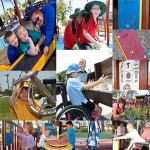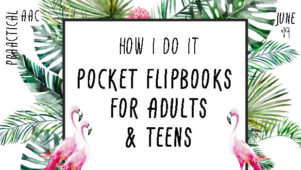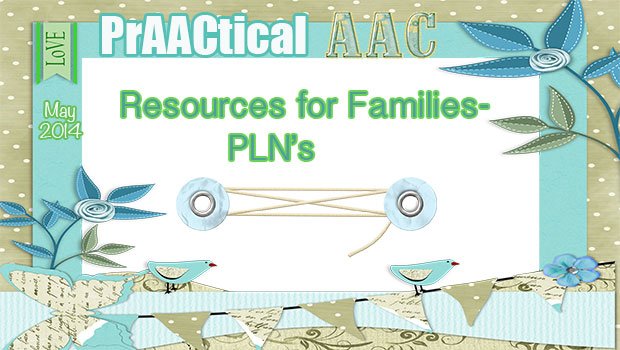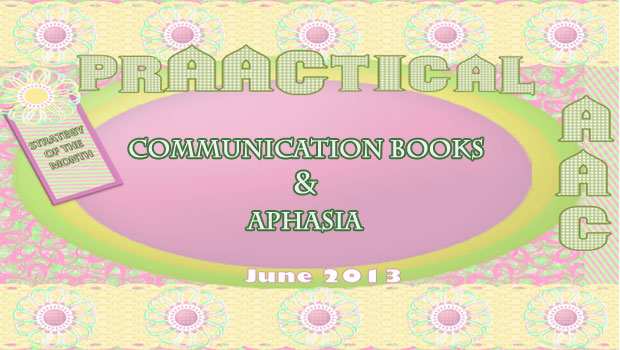Communication Boards Can Be Used For….A Lot
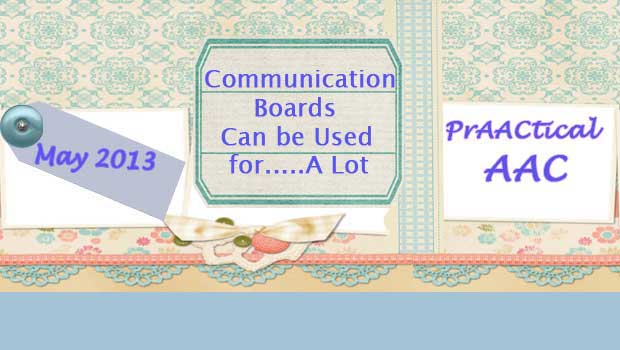
When we think of AAC and communication boards or displays, we often think of comprehensive core and fringe words. We think of a board that will represent the most possible communication functions, vocabulary, and generative language. However, there are many other ways to create and use communication boards. There are many other ways because there are many reasons we communicate and sometimes it is best to create a communication board that focuses on a specific communication need. AAC is not one thing but a system of communication supports, and for most AAC users, there should be a multitude of communication options that will aid in robust communication and language needs.
All AAC users should have a comprehensive individual communication display whether low tech (communication book) or high-tech (AAC device or App). But…. many AAC users will also benefit from communication boards that support a specific communication purpose. The reason for developing and using specific purpose communication boards and displays can be based on:
- The goals and challenges of an individual AAC user- Think of Mikey, a 12-year-old boy who had many interesting experiences with his family. He loved camping, motor cycles, musical instruments and concerts, water parks, and holidays. When he was with his family, he often brought objects from the experiences to them and they developed a routine of talking about relevant aspects of the activity. But when he was with peers or unfamiliar adults he often sat or paced with little initiation of communication or even interaction. Mikey had a communication device that he used for academic work and communication in school but he did not use it for story telling which was one of his goals. The challenge was to make story telling easier and more salient so he would no longer be with peers or familiar adults and ‘appear’ to not have anything to say. See below for Communication Boards for Story Telling.
- A specific activity or experience lends itself best to the most efficient and quick communicating Think of Anne who was traveling to Australia for the first time. She was a tourist in a new place And she was an AAC user. She had planned to do lots and lots of site seeing. Her main mode of traveling was by taxi. She was worried that her comprehensive communication device would not let her communicate efficiently enough to navigate the taxi system and drivers to get to where she wanted to go in a pleasant manner. The ‘rides’ were made much smoother when she found out about a ‘Talking Taxi Communication Board’.

- A communication accessibility issue for a group of individuals with AAC needs.- Think about a public park or playground. Wouldn’t it be great if there were communication boards or displays that could be accessed by anyone who was there. There could be core and fringe vocabulary but it would allow anyone who needed the supports to access them. We have seen these types of supports used in group areas at schools, clinics, and even at a real playground through the Queensland Project. We hope to see communication supports everywhere someday because that would allow for universal participation and at the same provide AAC awareness and education for the public as well as for people who need AAC, but do not have it yet.
Think about developing and using communication books for many reasons and as part of an AAC system. Presume competence, use aided language input & other language facilitation techniques, and use communication routines frequently, repetitively, and with variety and Be AMAZED. Consider some of the following communication book purposes and feel free to share some of your own.
Communication Books for:
- Small Talk & Gossip- Small talk is a big part of our day. AAC users need to be able to participate in small talk and gossip in order to be viewed as competent communicators. To learn much more about this: Check out an EXCELLENT presentation by Jane Farrall: Small Talk, Gossip, & Tall Stories: Using AAC Socially.
- Story Telling- As we get older (beyond childhood), we start doing more story telling as a way to connect with other people. We like to tell each other about our experiences. Story telling is a form of narratives but partner focused questions, starters, and fillers, can all be embedded into the story telling communication board.
- Specific Activities/Experiences- Sometimes we need to have access to communication boards that meet the communication needs within one very specific activity or conversational experience. It makes most sense if that specific vocabulary is easily available in a format that allows for quick and efficient communication. Think about meal menu communication books, library communication books, girl chats, boy chats, medical visits or emergencies etc.
Filed under: Strategy of the Month
Tagged With: COmmunication Books, gossip, small talk, specific communication functions, story telling
This post was written by Robin Parker
